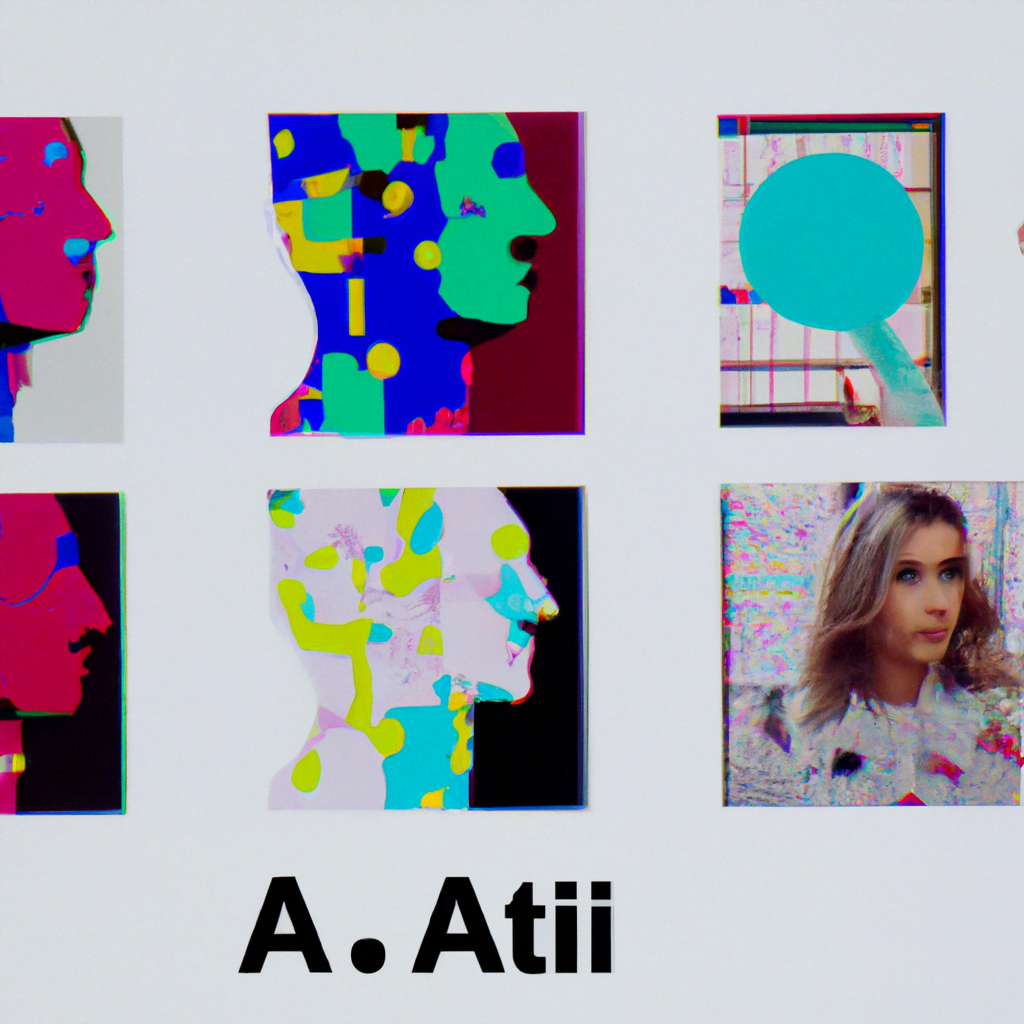
AI in Design Research: Analyzing User Feedback and Preferences

Artificial Intelligence (AI) has revolutionized various industries, and design research is no exception. With the ability to analyze vast amounts of data quickly and accurately, AI has become an invaluable tool for understanding user feedback and preferences. In this article, we will explore how AI is transforming design research, the benefits it offers, and real-world examples of its application.
The Role of AI in Design Research
Design research involves gathering and analyzing data to inform the design process. Traditionally, this has been a time-consuming and labor-intensive task, requiring researchers to manually review and interpret user feedback. However, AI has emerged as a game-changer, enabling researchers to analyze large datasets efficiently and uncover valuable insights.
AI algorithms can process unstructured data, such as user reviews, social media posts, and customer surveys, to identify patterns and trends. By analyzing this data, designers can gain a deeper understanding of user preferences, pain points, and expectations. This knowledge allows them to create more user-centric designs that meet the needs of their target audience.
The Benefits of AI in Design Research
Integrating AI into design research offers several significant benefits:
- Efficiency: AI algorithms can analyze vast amounts of data in a fraction of the time it would take a human researcher. This efficiency allows designers to gather insights quickly and make informed decisions.
- Accuracy: AI algorithms are capable of analyzing data with a high level of accuracy, reducing the risk of human error in interpreting user feedback.
- Uncovering Hidden Insights: AI can identify patterns and trends in user feedback that may not be immediately apparent to human researchers. These hidden insights can provide valuable guidance for design decisions.
- Scalability: AI algorithms can handle large datasets, making it possible to analyze feedback from a wide range of users. This scalability allows designers to gain insights from diverse perspectives and demographics.
Real-World Examples
Let’s explore some real-world examples of how AI is being used to analyze user feedback and preferences:
1. Netflix
Netflix, the popular streaming platform, uses AI to analyze user behavior and preferences. By analyzing viewing patterns, ratings, and user feedback, Netflix’s recommendation system suggests personalized content to its users. This AI-driven approach has significantly contributed to Netflix’s success, as it helps users discover content they are likely to enjoy.
2. Airbnb
Airbnb, the online marketplace for vacation rentals, leverages AI to analyze user reviews and feedback. By using natural language processing algorithms, Airbnb can identify common themes and sentiments in user reviews. This analysis helps Airbnb understand what aspects of a property are most important to users and make data-driven decisions to improve the user experience.
3. Adobe Sensei
Adobe Sensei is an AI-powered platform that assists designers in various aspects of the design process. One of its key features is the ability to analyze user feedback and preferences. By analyzing data from Adobe’s vast user base, Sensei can provide designers with insights on design trends, popular color palettes, and user preferences. This information helps designers create designs that resonate with their target audience.
The Future of AI in Design Research
As AI continues to advance, its role in design research is expected to expand further. Here are some potential future developments:
- Real-time Feedback Analysis: AI algorithms could provide designers with real-time insights by analyzing user feedback as it is generated. This would enable designers to make immediate adjustments and iterate designs based on user preferences.
- Emotion Analysis: AI algorithms could be trained to analyze user feedback and identify emotional responses. This would provide designers with a deeper understanding of how their designs impact users emotionally.
- Personalized Design Recommendations: AI algorithms could analyze individual user preferences and provide personalized design recommendations. This would allow designers to create highly tailored experiences for each user.
Summary
AI has transformed design research by enabling the efficient analysis of user feedback and preferences. Its ability to process large datasets quickly and accurately has revolutionized the way designers gather insights. The benefits of AI in design research include increased efficiency, accuracy, and the ability to uncover hidden insights. Real-world examples from companies like Netflix, Airbnb, and Adobe demonstrate the practical application of AI in analyzing user feedback. As AI continues to advance, the future of design research holds exciting possibilities, such as real-time feedback analysis, emotion analysis, and personalized design recommendations. By embracing AI, designers can create more user-centric designs that meet the needs and preferences of their target audience.
